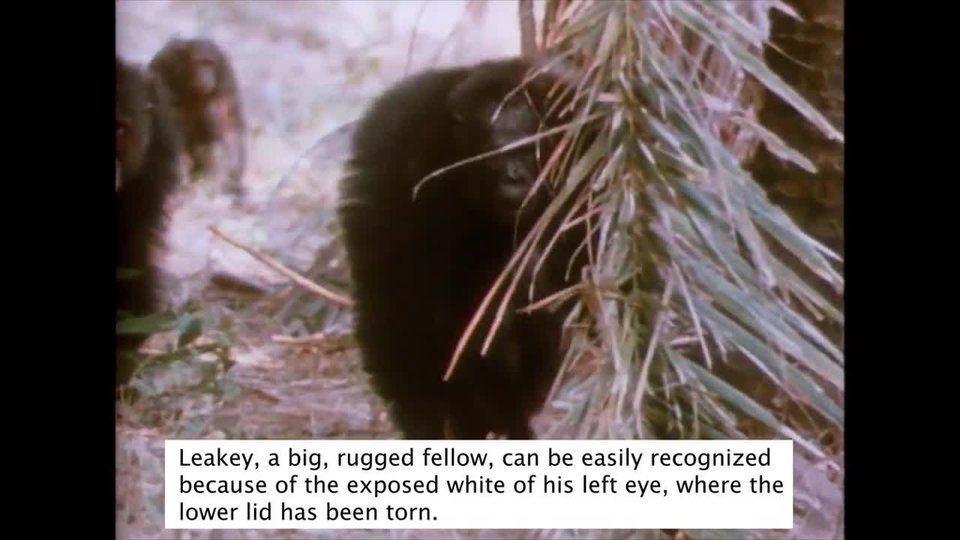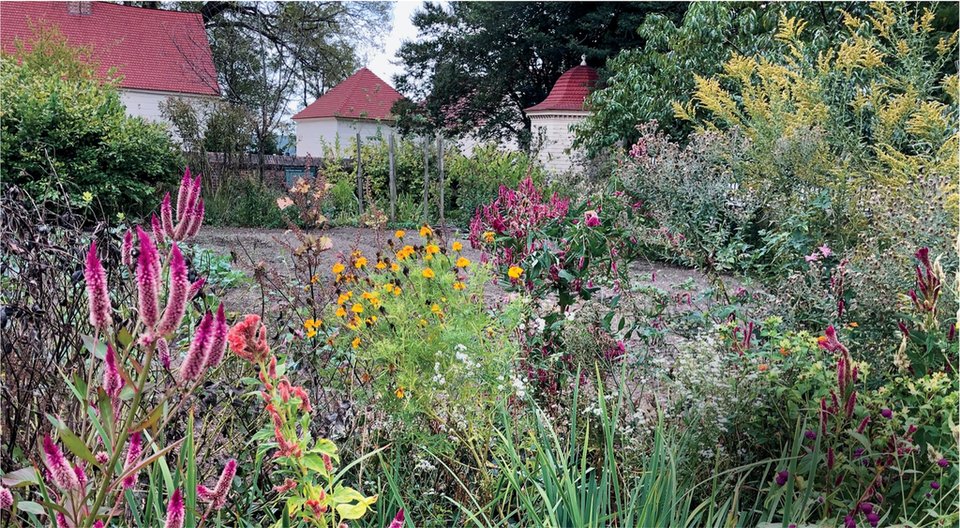
flowersinGeorgeWashington's garden
It’ssummerandI’mstandinginthemiddleofGeorgeWashington’sgarden.Idon’tthinkhe’dmind.He’sbeendeadformorethan220years.Thebignewsisthatthegardenonhisestate,MountVernon,inVirginia,isstillhere.Itisvisitedbyaboutamillionpeoplea year.
ThegardentodayissimilartotheonethatWashingtonenjoyed.Ateamofexpertsworkedhardtorecreateitasitwasin1787.Howdidtheydo it?
Historianslearnaboutthepastbystudyingprimarysources.That’ssomethingthatwascreatedatthetime.Theyalsoturntoartifactslikeletters,diaries,oritemslikefarmingtools.Naturecanalsobeaprimary source.
TheGeneral’sGarden
Writingtellsusalotaboutthepast,butnoteverything.Itcanonlytelluswhatthewriterthoughtwasimportant.Haveyoueverkeptadiary?Whatdidyouwritedown?Whatdidyouleaveout?I’mguessingyourdiaryonlytoldapieceofyour story.
InthecaseofMountVernon,therewerefewwrittenrecords.Washingtonkeptnotesonwhatwasbeingplanted.Weknowthattherewerefourmaingardensonthe grounds.
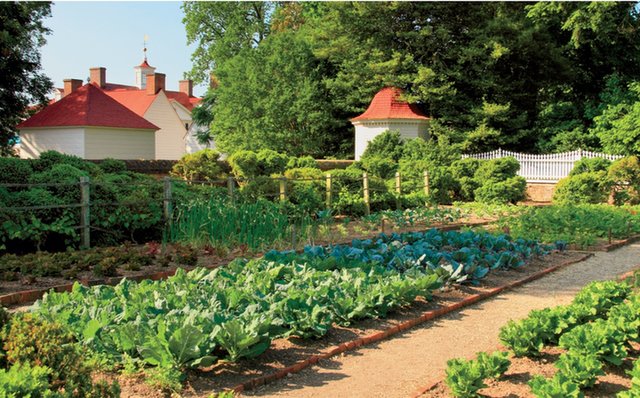
Atthecenterofeachuppergardenplantingbed,Washingtoninstalledrowsof vegetables.

Theseuppergardenboxwoodsweresculptedintofancy shapes.
Theuppergardenwasfilledwithflowers,bushes,andexotictrees.Theywereplantedinpatterns.ThisformalgardenprovidedaspaceforWashingtontoentertain guests.
Hehadalargegardenjustforfood,too.Fruitsandvegetablesgrewinthelower garden.
Washingtonusedasmallgardenasalaboratory.HetesteddifferentplantstoseeiftheycouldthriveinVirginia's soil.
Lastly,Washington’sfailedattempttogrowgrapesresultedinafruitgardenandnurseryinsteadofa vineyard.
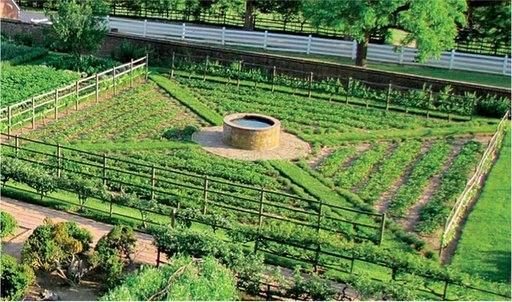
ThelowergardenwasusedtogrowmostofthefoodforMount Vernon.
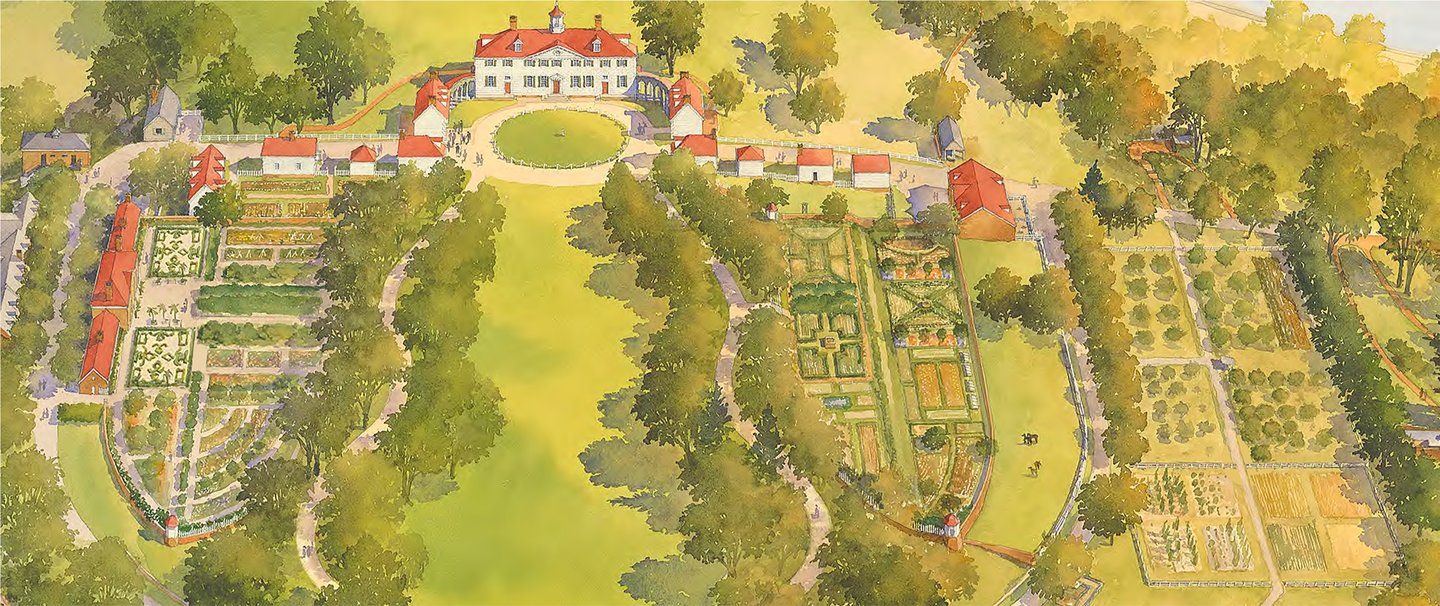
UPPERGARDEN
BOTANICGARDEN
LOWERGARDEN
FRUITGARDENAND NURSERY
mapofMount Vernon
TendingtheGarden
Washingtondidnottendtothesegardensallbyhimself.About90 enslavedpeopletendedthelandfor him.
Thesegardenersalsokeptlistsbecausesomewereabletoreadandwrite.Theymadedrawingsofwhatwasplanted,when,and where.
Today,historianscheckedothersources,too.Theylookedatthesoil itself.
ScientistsatMountVernoncananalyzesoiltolearnaboutitsfertility.Theabilityofthesoiltosustainplantgrowth.ThiscanindicatewhyWashingtongrewcertainkindsofcrops—andwhyheusedthefarmingtechniquesthathedid.Butateamofresearcherswantedtoknow more!
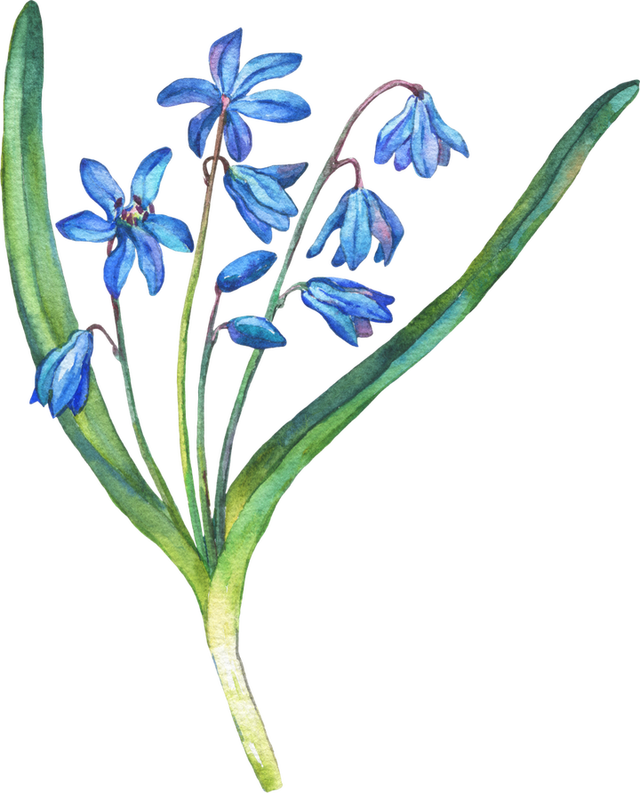
adrawingofalpinesquill wildflowers

Inaletterfrom1798,afriendsentWashingtonafewscarletalpinestrawberry seeds.
Theteamworkedtomakethegardenashistoricallyaccurateaspossible.TheystartedwithaseriesofplansdrawnbySamuelVaughan.HewasanEnglishmerchantwhovisitedMountVernonin1787.Fromthisresearch,theycouldtellthatthegarden,regrownin1985,wasnot accurate.
